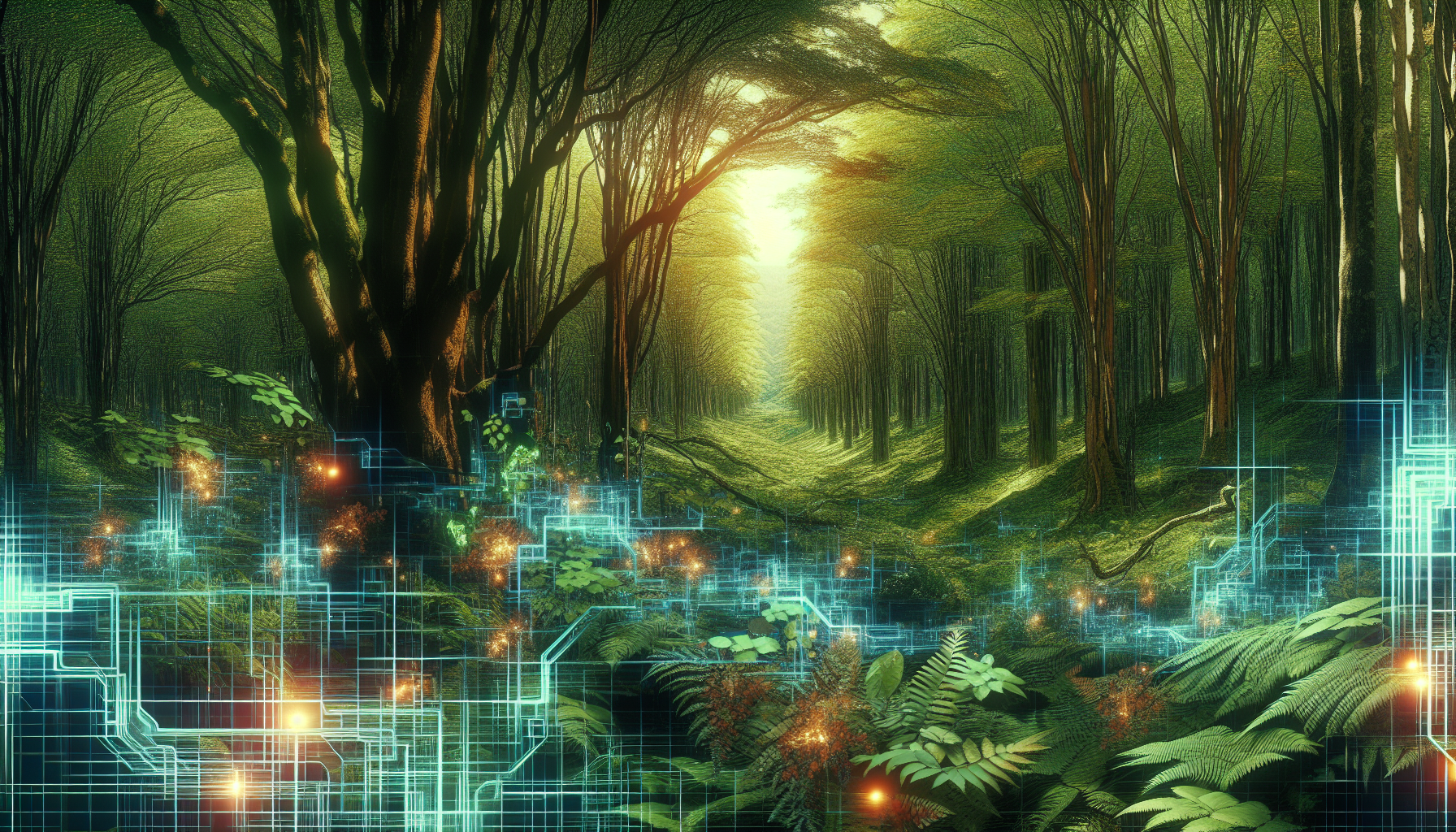Tech Meets Humanities: Bridging Two Worlds for a New Era of Innovation

The convergence of technology and the humanities is not merely a fashionable educational trend; it reflects a necessary evolution in response to our technology-infused world. Professionals who can adeptly navigate both technical and human-centric challenges are in high demand. Digital humanities, for instance, leverage computational tools to examine cultural artifacts, allowing scholars to interpret data in innovative ways while preserving the essence of human inquiry. Similarly, human-computer interaction (HCI) centers on designing technology that aligns with human needs and behaviors, emphasizing the importance of empathy and usability in tech design.
Preparing for the Future Job Market
Today's job market increasingly values skills that transcend traditional disciplinary boundaries. Employers are on the lookout for individuals who can think critically, communicate effectively, and integrate technological solutions with a nuanced understanding of human contexts. Majors that blend technology with humanities cultivate these skills, making graduates adaptable and versatile. For example, a degree in digital humanities equips students with the capacity to manage and interpret vast amounts of digital data—a skill highly sought after in industries like publishing, marketing, and academia. Meanwhile, expertise in human-computer interaction is essential for careers in user experience design, where understanding user needs and crafting intuitive interfaces are paramount. These interdisciplinary programs nurture problem solvers capable of navigating complex, multifaceted challenges across diverse fields.
Real-World Applications and Impact
The impact of integrating technology with the humanities is apparent in numerous real-world applications. Consider the role of artificial intelligence in cultural preservation: AI algorithms can analyze and restore ancient texts or artworks, ensuring that cultural heritage remains accessible to future generations. This application requires not only technical skills but also a profound understanding of cultural significance and ethical considerations. In the sphere of social media, professionals who grasp both the technological infrastructure and the societal implications of digital communication are better equipped to tackle issues such as misinformation and data privacy. By applying a humanistic perspective to technology, they can devise solutions that prioritize user well-being and societal benefit.
Challenges and Opportunities
Despite the promising opportunities, the fusion of technology and humanities presents certain challenges. Educational institutions need to design curricula that genuinely integrate these fields, moving beyond superficial combinations to foster profound interdisciplinary understanding. Moreover, students may encounter skepticism regarding the practicality of these studies, necessitating clear communication about the value and applicability of their skills. Nonetheless, the opportunities are immense. As industries continue to evolve, the demand for professionals capable of bridging the gap between technology and human experience will only grow. By fostering creativity, empathy, and technical acumen, interdisciplinary programs prepare graduates to lead in an uncertain and rapidly changing world.
The intersection of technology and the humanities is not just an academic exercise; it is a crucial component of preparing for the future. As the job market evolves, the ability to integrate technical expertise with humanistic insight becomes increasingly valuable. By embracing interdisciplinary studies like digital humanities and human-computer interaction, we are equipping the next generation with the tools they need to innovate responsibly and drive positive change. In doing so, we ensure that the technological advancements of tomorrow enhance the human experience, creating a more inclusive, empathetic, and understanding world. As industries continue to evolve, the demand for professionals capable of bridging the gap between technology and human experience will only grow, shaping a future where innovation benefits all of humanity.
Digital Humanities Specialist
academic institutions, cultural heritage organizations, and research libraries
Responsibilities
Analyze cultural and historical data using computational tools to uncover new insights.
Collaborate with scholars and technologists to develop digital archives and databases.
Required Skills
Proficiency in data analytics
Familiarity with metadata standards
Experience with digital preservation.
Human-Computer Interaction (HCI) Designer
technology companies, design agencies, and software development firms
Responsibilities
Design user-friendly interfaces ensuring intuitive human interaction with technology.
Conduct user research to understand needs and behaviors, enhancing product usability.
Required Skills
UX/UI design
User research methodologies
Empathy-driven design thinking.
Cultural Data Analyst
marketing firms, public policy think tanks, and media companies
Responsibilities
Interpret large datasets to draw insights on cultural trends and societal behaviors.
Utilize data visualization tools to present findings in accessible formats.
Required Skills
Statistical analysis
Data visualization
Strong background in social sciences.
Ethical AI Consultant
technology consultancies, non-governmental organizations, and regulatory bodies
Responsibilities
Advise organizations on the ethical implications of AI technologies and their societal impacts.
Develop frameworks for responsible AI usage and data privacy considerations.
Required Skills
Understanding of AI technologies
Ethical reasoning
Policy development.
Digital Media Ethnographer
social media companies, academic research centers, and cultural institutions
Responsibilities
Study online communities and digital cultures to understand social dynamics and technology use.
Use qualitative research methods to gather insights on digital behavior and media consumption.
Required Skills
Ethnographic research
Digital storytelling
Cultural analysis.


